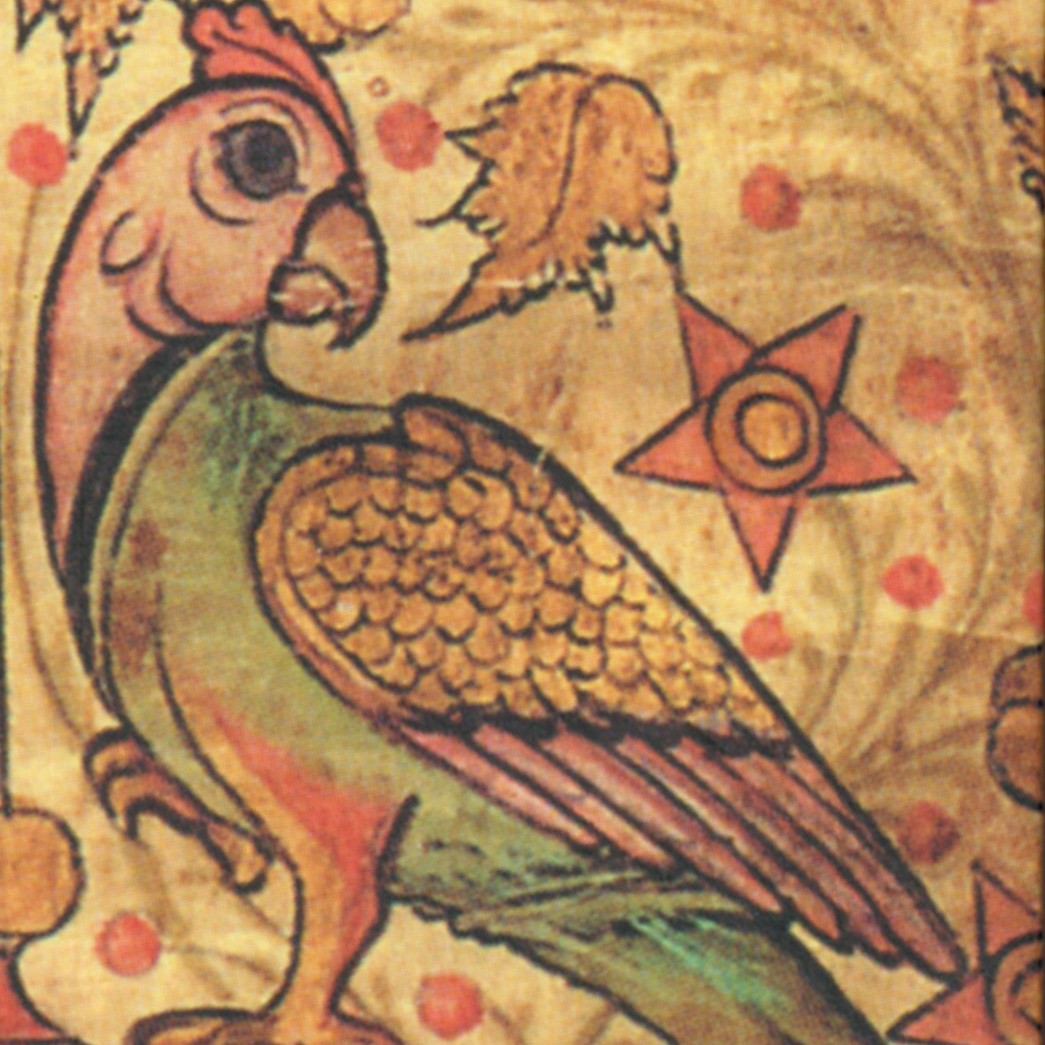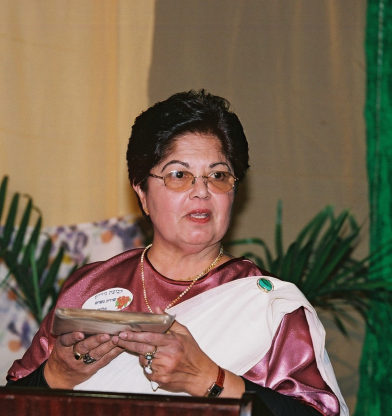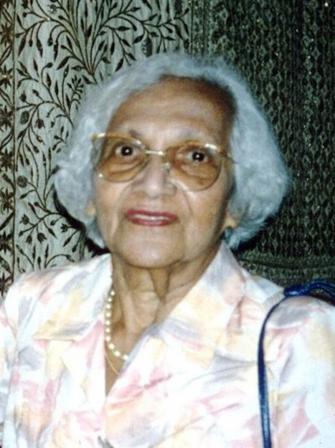1981
34. Golden Palanquin
Rahel Nehemia, Toba Sofer and others. Recorded by Avigdor Herzog, Moshav Taoz, December 23, 1981. CD track 4; II-17.
Makkamŏḍu nikka poka tŏkkě ŏḷḷa nammaḷ
Dikkilāruṃ ille ěnikku ŏtta aṟivinālě
We are living here with children, living in prosperity.
Is there anyone around with intelligence like ours?
Not one who’s “learned like a parrot”—one with greater wisdom, please!
For those who are intelligent, I have searched and I have called.
Golden bangles I have given—given to the jealous mother.
What about the shapely maiden? What gift shall I give to her?
I shall give to her the crown—the great crown for the shapely maid.
Six and ten and four together go into the marriage chamber.
The companions ascend a palanquin. They leave in a golden palanquin.
One of the “play songs” performed in a circle dance by women from Kadavumbhagam-Kochi, this song is found in only three notebooks, all from their community. In the lively rendition recorded as part of a 1981 Hanukkah performance in Moshav Taoz, the pace of the singing, clapping, and stamping of feet gets more and more rapid throughout the song, reminding Kerala listeners of similar performances of Muslim and Christian folksongs. As there are no Jewish markers in the contents of the song, it is possible that it originated as a non-Jewish song associated with circle dances and was incorporated into the Jewish repertoire.
Though its contents are enigmatic, references in the final lines to a bed-chamber and a golden palanquin establish that this song is about a wedding; thus we may deduce that the golden bangles and crown refer to customary gifts associated with Kerala weddings. Zacharia (2005, 196) guesses that the speaker might be a bridegroom seeking advice about what gift to give to his bride. Translating the opening phrase makkamoṭe as “with children” (a common Jewish Malayalam elision), Lane suggests that the speaker may be the mother of a bridegroom, who first asserts her family’s credentials as a prosperous family with many children, and then expresses her hope that the chosen bride will equal her family in intelligence (or good name, in one variant). Having chosen gold bangles as a gift for her son’s future mother-in-law, she may have decided on a fancy tiara for the bride, or she may be suggesting that the “crown” of marriage is the most splendid gift.
Zacharia (2005, 196) and Gamliel (2005, 216) take the reference to intelligence and wisdom in lines 2–4 and the unexplained numbers in line 8 to be common literary markers of a riddle. Citing a suggestion by Israeli folklorist Galit Hasan-Rokem, Gamliel offers an interpretation that the numbers refer to the human body: six for the six senses (sight, hearing, smell, taste, touch, and thought in Indian philosophy), four for the four limbs, and ten for the ten fingers—thus embodying the bride and also the groom entering into the marriage chamber. Zacharia notes that the folk quality of the song is intensified by its construction using fragments of speech, and he also points out that “learned like a parrot” is a vernacular phrase.
This leaves unexplained the final line about the palanquin. Who is riding in the palanquin and why? The bride and groom might be carried to their marriage chamber in a palanquin, but why away from it? If the “companions” are their attendants, why would they be riding inside a palanquin after the wedding? Is there a final riddle here?







